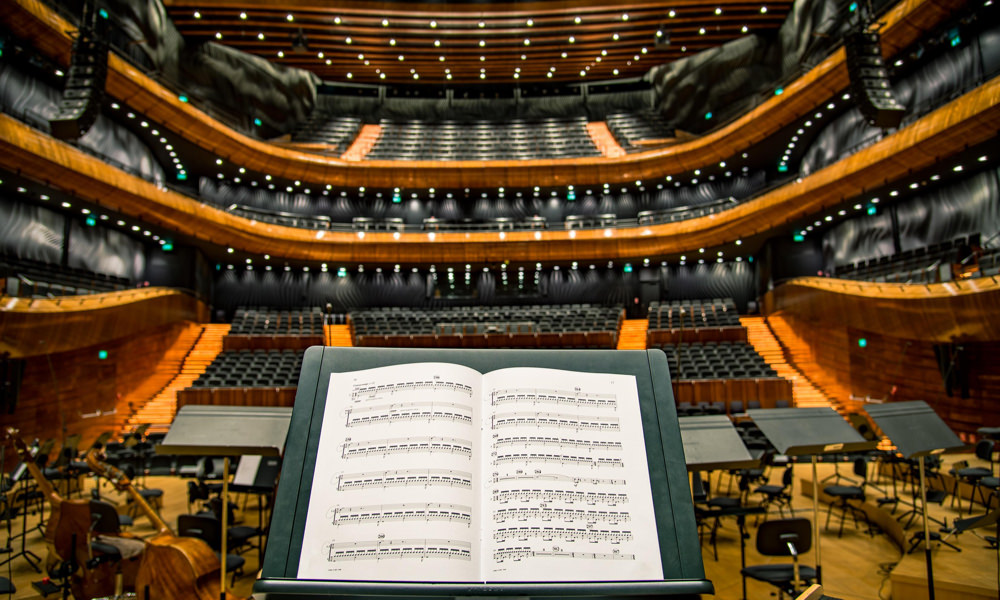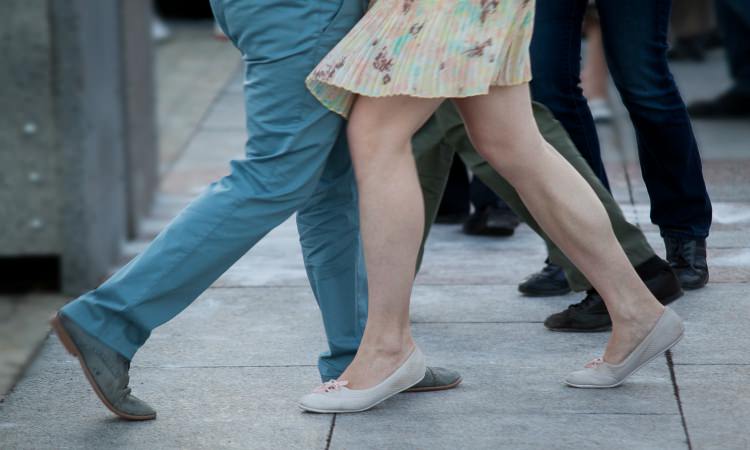As an executive coach, one of the most useful aspects of regular coaching supervision is that it helps you to think differently, to find important and exciting new frames on what’s happening in your practice.

For a wider perspective, go to the balcony
Metaphors can be remarkably helpful in getting messages across. William Ury has taken a concept initially developed by Ron Heifetz, a professor of leadership at Harvard, about ‘going to the balcony’. Ury is a US negotiator. In his YouTube video he talks helping about stepping out of the dance of ‘business as usual’ and going to the balcony instead. Although he’s talking about his role as a negotiator or mediator, the metaphor applies perfectly to coaching supervision.
William Ury’s insightful metaphor
When you go to the balcony it means slowing right down and putting your reactions on hold. The decision to stop and slowly climb up to the balcony is in itself a healthy strategy, which moves you into an attitude of curiosity as you anticipate and approach things with a wide angle lens.
The balcony provides the opportunity to take a different vantage point. A more holistic view. From way up high, you have the chance to see what’s happening in a fresh way. You’ll suddenly be able to see the whole dance with amazing clarity, watch for the patterns, follow the interactions. You’ll clearly see who is stepping in or out, and what kind of dance is taking place. You’ll know who is engaged and who is a spectator. In short, the balcony is the best place to catch things you’ve probably missed when observing from below.
Going to the balcony is part of the ‘super’ vision that every effective coaching supervision conversation delivers. It lifts you way above your everyday reactions, beyond habitual ways of interpreting and talking about what’s happening with a client. It’s a powerfully simple way to shift yourself out of reactive detail into an observer role. But how, exactly, does all that good stuff happen?
What do you do up on the balcony?
You’ve arrived at the balcony. Your first task is to describe what you see without making judgements. You might describe it in words, pictures or metaphors, or even lay out objects that represent what’s happening. However you do it, your new, wider perspective opens up possibilities. The coaching supervision conversation helps you step back and draw fresh hypotheses, alternative reactions, new interpretations and practical ways to come back onto the self-same dance floor in a completely different way.

Going up to the balcony helps you to see the whole system or at the very least the wider picture, the wider dance. It lets you spot the patterns and connections that are suddenly in plain sight from your new perspective. It takes you away from being so heavily involved in the dance below, so you can actually concentrate on your part in the dance, on the steps you’re making.
If you’d like to know more, her is Ury’s excellent video.
More ways to find new vantage points
Supervision models facilitate the same kind of thinking. They’re a useful way to ensure you really are thinking about the supervision topic in different ways, exploring alternative points of view. These models provide a number of exciting vantage points from which to consider what’s happening. Using them as a basis in supervision can loosen up your thinking, deepen empathy for the other parties involved and ensure a wider variety of factors is built into the conversation. A word of caution here though – models are best used as a springboard to support thinking rather than a prescriptive method to rigidly follow. Sometimes if the approach is repeated in every session, or it becomes too set or rigid in its application, the thinking ends up more constrained than freed.
Here are a couple of models that are commonly applied as overarching frameworks to the supervisory process.
The Seven Eyed Model by Hawkins and Shohet

This useful supervision model suggests seven lenses. It provides a way to situate the supervision conversation within the wider system, the broader context. Just like going to the balcony it broadens perspectives, providing a series of logical steps to take you higher up and ensure reflection is happening at every level. The dynamics of the supervisee and client are often mirrored in this relationship, and the processes often run in parallel.
Every lens provides a useful conceptual way of exploring what’s happening on a variety of levels. The model facilitates an often rich and insightful supervision conversation, a space where meaning is explored within the situation and within the relationships. It’s practical as well as general enough to apply to most executive coaches and their clients.
- Focusing on the supervisee’s client, and what and how they present
- Exploring strategies and interventions used by the supervisee
- Exploring the relationship between the client and supervisee
- Focusing upon the supervisee
- Focusing upon the supervisory relationship
- The supervisor focusing upon their own process
- Focusing on the wider contexts in which the work happens
For a more in-depth application of this model, explained fully in Chapter 9 of
Coaching, Mentoring and Organizational Consultancy by Peter Hawkins and Nick Smith, click here.
The Gibbs Supervision Model

This one’s based on the reflective cycle, for which Graham Gibbs specifies five stages:
- Description – what happened?
- Feelings – what were the emotions involved?
- Evaluation – what are the positive evaluations you can make?
- Conclusions – what have you learnt? What choices were generated?
- Action – what will you do next. What is your action plan?
For a fuller explanation of how to apply this approach, you can read more here.
A catalytic combination
Supervision sessions give you the opportunity to think back, think bigger and challenge your thinking onwards. Wider perspectives and different supervision models plus a great supervisor make a truly catalytic combination. They really can work together to build your confidence and boost your capabilities as an executive coach.
Want help climbing up to the balcony?
If you think you could benefit from going up to the balcony more often, call us to arrange a positive, practical, eye-opening executive coaching supervision session.
About us:
We create the space for leaders to step back, think clearly, and navigate complexity with confidence. By sharpening the narrative that drives decisions, teams, and performance, we help leaders move forward with clarity and impact. Our approach blends deep listening, incisive challenge, and commercial focus—strengthening leadership at every level, from business transformation to boardroom decisions.
“We share resources that help coaches deepen their practice and expand their impact. The articles on this site are designed to spark fresh thinking, offer practical tools, and support the continuous growth of coaches at every stage. “
Jude Elliman
Founder
Our Core Approach:
We work with leaders to sharpen their thinking, strengthen their leadership, and navigate complexity with confidence. Our approach is built around three core areas:
Narrative Coaching – Working with the stories that shape leadership, teams, and organisations.
Commercial Focus – Cutting through complexity to drive clear, strategic decisions.
Challenge & Space – Asking the right questions while creating the space to reflect and grow.
Through this, we help leaders drive transformation, align teams, and make high-stakes decisions with clarity and impact.
